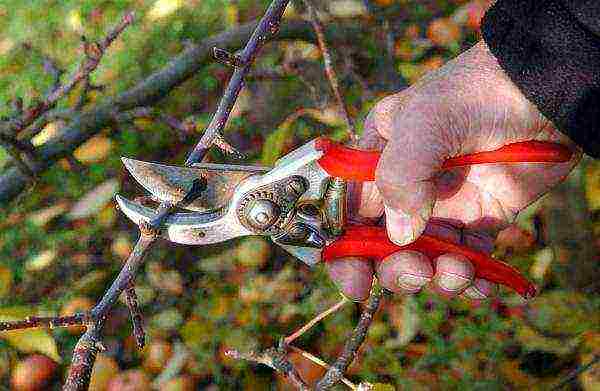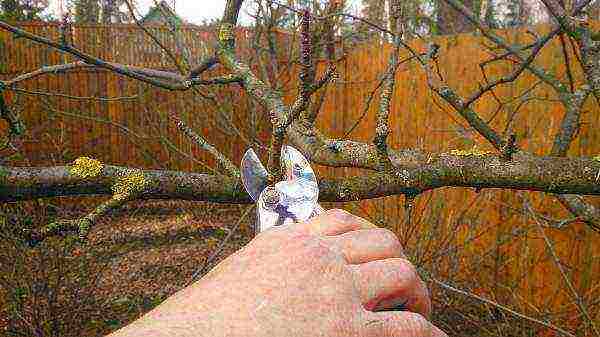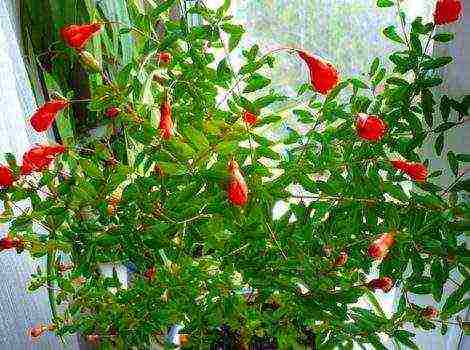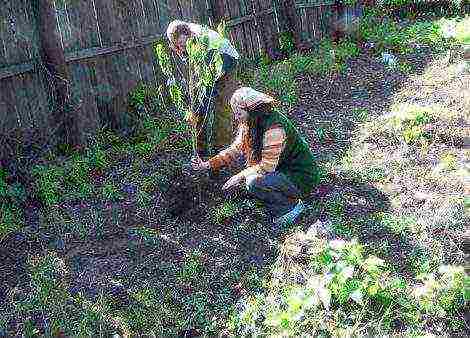Content
- 1 Scheme and features of pruning pears in autumn, spring and summer
Scheme and features of pruning pears in autumn, spring and summer
There is no person who does not know the taste of pear. These juicy and sweet fruits will not leave anyone indifferent. And what compotes and jams are made from them!
Nowadays a pear can be found in almost any garden area.
This tree, like any plant in the garden, requires some care... In order for it to give a good harvest year after year, you need not only watering and fertilization, but also competent pruning.
Correct formation of the crown of a young pear by pruning
Since the pear belongs to a light-loving culture, it is necessary to monitor the density of its crown.
What does the correct pruning of a pear give:
- abundant regular fruiting;
- further development of culture;
- creating a strong skeleton;
- convenience in harvesting;
- good accessibility when spraying.
If pruning is done irregularly or incorrectly, then the crown will become denser, as the tree will begin to devote all its strength to the cultivation of young growth. This will lead to lower yields and reduced fruit size.
Another plus of timely pruning of branches: the pear tree is quite tall, and pruning branches will stop its growth upward... This allows other garden trees and shrubs to receive more sunlight.
Cutting the pear, instructions for beginners:
When is the best time to prune shoots and branches of a tree
You can trim the pear and in the spring, and in the summer, and in the fall, and even in the winter. Pruning at certain times of the year has its own goals.
Summer care
Summer is done strictly out of necessity... It happens that in the spring, when pruning, several branches were looked through, and they began to develop vigorously, shading with themselves the fruits that had already appeared on other, cut branches. In this case, summer pruning is possible.
Also at this time pinching of young shoots is carried out... It is much easier to remove them now, while they are not stiff, in addition, thanks to this pruning, the leaf buds are transformed into fruit buds.

Can branches be pruned in winter?
Winter pruning has some advantage... It lies in the fact that at this time of the year, when it is frosty outside, all the plants, including the pear, are in "sleeping mode".
Therefore, the inflicted wounds are much easier to tolerate, healing is faster, and in the absence of juice, the wood becomes more pliable.
Spring pruning scheme
Spring pruning of pears is considered the most important for the plant., it guarantees a good harvest. In the spring, as you know, the budding takes place. This requires sunlight.
If in some place the crown turned out to be thickened, then a darkening will be created, respectively, there will be no flower buds there, which means there will be no fruit either.
To avoid this, pruning should start with a one-year-old seedlingwhen its height reaches 50-60 cm.
You need to cut off the top about a quarter of the length, which will stimulate the lower branches to grow and form the correct crown. The branches in the neighborhood are cut "into a ring".

Cutting "on the ring" is done clearly in a kind of flowlocated at the very base of the branch. If you leave a large twig, it will lead to decay, and if you remove the branch flush, the wound will heal for a very long time.
The branches that serve as the base of the trunk should be left; there should be no more than four of them.
As the tree matures, there are fewer and fewer young shoots on it. To remedy this situation and increase the number of young growth on an aging tree, it is necessary to regularly trim the crown, rejuvenate it.
Spring work on pruning pears is recommended to start after the establishment of warm weather, in the absence of night frosts and a solid plus in the daytime temperature.
But it is also impossible to be late with this, it is important to have time to prune before the circulation of tree sap begins.
After spring pruning do not apply nitrogen fertilizers under the pear... This can adversely affect the taste of the fruit. After hibernation, the tree itself actively draws all the nutrients from the ground.
Pear pruning:
How you can and should cut a pear in the fall, rejuvenate it
Necessary treat autumn pruning with great care... Winter is ahead, if too many branches are removed, it will be difficult for the tree to survive in the coming frosts.
The fact is that in September (and this is the best time for autumn pruning) the tree sap continues to circulate, although it becomes slower.
The tree will begin to use the substances stored for the winter period to "heal" the wounds left after pruning.
Scheme of the correct autumn pruning of pears:
- First, remove dry and diseased branches so that in winter they do not cripple healthy branches when they fall.
- Find branches growing at right angles to the trunk and remove too.
- Remove branches that interfere with the development of fruit. The rest of the branches, which seem superfluous, should only be shortened in order to remove them next year.
- Do not leave large knots, but cut “on the ring” (see above).
You may be interested in other publications:
- Detailed description of the variety of pears Marble.
- How to properly plant and transplant a pear in the fall.
- A detailed description of the pear variety Just Maria.
A young pear should be pruned every fall., or even twice a year, starting from the second year after planting. Reason: slow growth and poor tolerance to cold winters.
Mature trees of early varieties ripening can be cut from the second half of August to September 15-20. The procedure is the same:
- removal of damaged branches;
- thinning the thickened crown;
- removal of branches affected by the disease;
- shortening shoots no older than one year.

At a later date, shortening is not recommended, since the possibility of freezing of the shortened branches increases, which will lead to a decrease in yield.
Autumn pruning of pears is the most efficient way return a good harvest from an aging tree. This pruning can be called anti-aging.
In addition, if earlier it was not necessary to form the correct crown, then such pruning will provide an opportunity for thinning, which will lead to the appearance of young fruitful shoots.
If the pear is over 18 years old, then it is recommended to cut it once every five years.
How to form the crown of a columnar pear
Not so long ago, in Russian gardens began to appear columnar pear, which has already won the hearts of our gardeners. She differs from her tall "sisters" in her unpretentious care.
The main advantages of a columnar pear:
- always gives a rich harvest;
- more trees can be planted on the same plot of land;
- takes root well;
- gives large fruits;
- resistant to various sores;
- frost-resistant.
In the first year after planting the flowering of the pear must not be allowed so that the seedling gains strength for further growth.
Next year you need make sure that a maximum of two flowers remain in one inflorescence to prevent the young tree from overloading with fruits.
Advice for novice gardeners: before pruning, you need to pay attention to the apical bud. If it is healthy, then the tree has a central conductor.
If this bud is damaged, then other shoots appear. Of these, the strongest should be left, the rest should be removed.

Often, the columnar pear should not be circumcised., in order to prevent the increased formation of branches. In a young tree, shoots should not be cut, but shortened, not forgetting to leave a couple of buds.
This should be done closer to autumn... The most important thing is to remove all lateral shoots growing to the sides. The central conductor can be cut off only in one case: if its development is insufficient. Then two or three buds should be left.
Though a pear requires constant care and a lot of hassle with pruning, she gives all of herself without reserve for her divine fruits, giving the gardener joy and enjoyment of the results of his labor.


